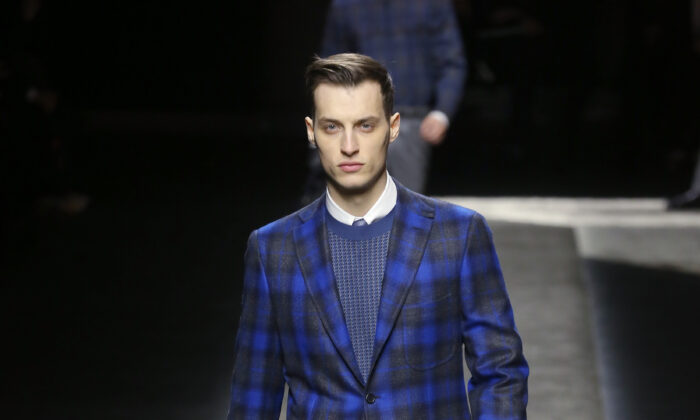Commentary
The fashion clothing industry’s brilliance lies in its ability to thrive despite the lack of copyright protection for designs. This absence of legal restrictions leads to rapid replication of runway designs, resulting in knockoff items appearing in discount stores shortly after the original pieces debut.
Despite the prevalence of knockoffs, the industry’s global value exceeds $2 trillion. This longevity and success challenge conventional views on intellectual property, showcasing how branding and designer trademarks drive demand. Consumers seek authenticity and stay current with trends, fueling the industry’s growth.
Beyond aesthetics, the fashion industry caters to social insecurities and the desire for acceptance within social groups. From childhood, individuals are influenced by peers’ fashion choices, instilling a drive to keep up with trends and avoid being left behind.
As individuals mature, the goal shifts from wearing the latest trends to anticipating and adopting upcoming styles. Being ahead of the curve becomes the new standard, allowing for unique fashion choices that exude confidence and individuality.
Personal experience in various roles within the fashion industry reveals the industry’s unpredictability and the importance of staying innovative to succeed. Seasonal shifts in trends, influenced by media and cultural factors, constantly redefine fashion.
Navigating the ever-changing market requires strategic decision-making and a keen eye for emerging trends. Success often hinges on embracing new styles and taking calculated risks in product selection and presentation.
As someone who specialized in outerwear, I paid close attention to trends in length, shoulder and collar size, and fabric. Drawing from past experiences, I hoped to stay ahead of the curve for the upcoming season.
Over time, I realized that much of what we consider fashion is carefully orchestrated by big players and influential names in the industry. There isn’t a universal plan that everyone follows; instead, we all navigate the market in search of what will resonate with consumers. While influencer culture and marketing play a significant role, it ultimately comes down to the confidence of the wearer.
I came to the realization that while the fashion industry is innovative in many ways, many buyers fall for gimmicks. The concept of what is fashionable is subjective and ever-changing. The key factor is the confidence with which the clothing is worn.
It is essential for individuals to feel comfortable and natural in their attire. Practice is key to wearing formal clothing with ease and grace. Quality clothing that suits the occasion and venue will always stand the test of time.
With the exception of the 1970s, where fashion choices were regrettable, classic and enduring clothing styles have remained consistent over the years. By sticking to timeless pieces and disregarding passing trends, individuals can maintain a stylish and confident appearance.
As someone who has experience as both a consumer and a wholesale buyer, I understand the pressure to keep up with the latest trends. However, true winners are those who walk away from the fashion racket and embrace timeless fashion that withstands the test of time. Please rewrite this sentence.
Source link






